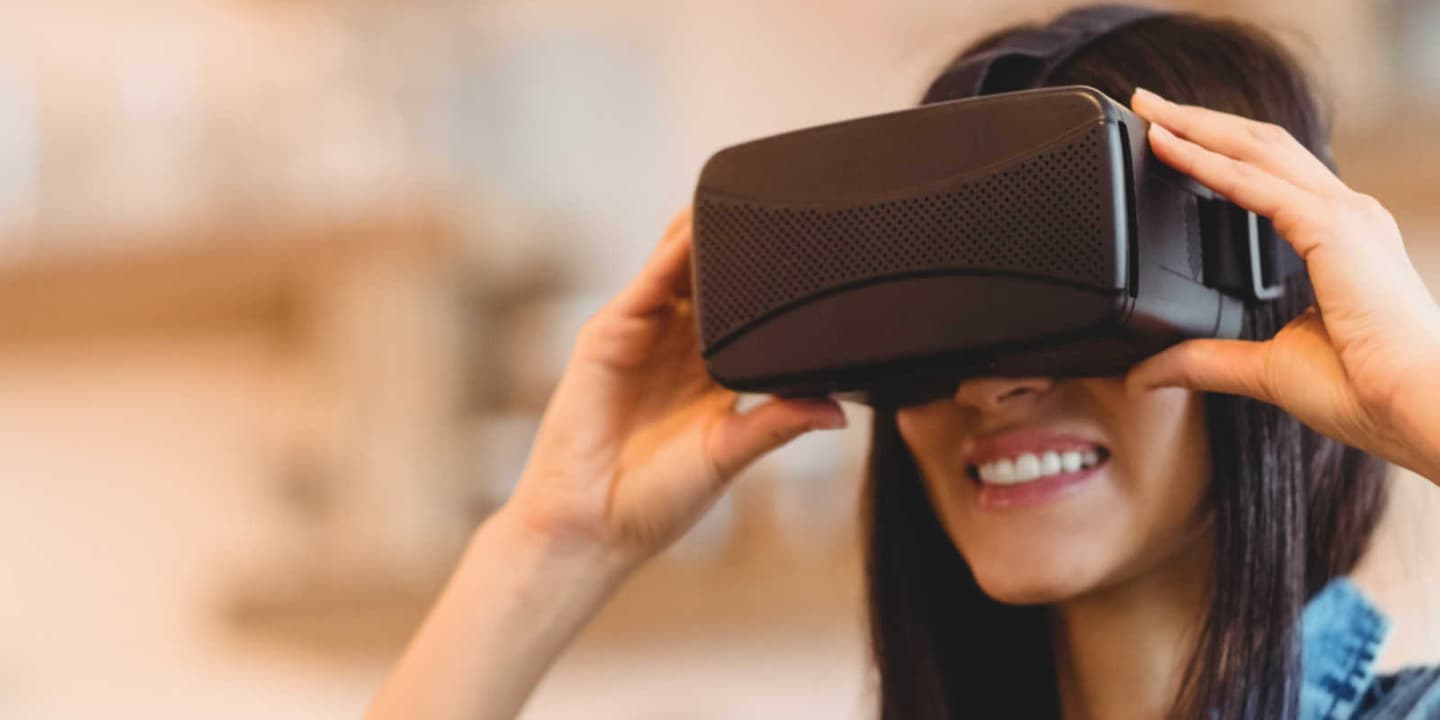From climate change to digital privacy, a look at what’s on businesses’ radars this year.
From planning for the impacts of climate change to protecting digital privacy, businesses will face a number of challenges heading into 2020. We recently published a report on four trends on businesses’ radars this year.
Planning for the impacts of climate change
From wildfire threats to massive flooding, this was another year of severe weather. Businesses were faced with the reality of not only creating disaster response plans but also putting them into action. The bottom line: some businesses just weren’t ready.
In 2020, look for businesses to focus more on:
- Disaster response plans and processes
- Risk mitigation programs to reduce the impact of natural disasters.
- Systems to provide better situational awareness
“The reality of climate change and its impacts puts additional urgency on the need for periodic testing and dry runs to ensure organizations are ready,” said Jeff Foley, chief operating officer of Propeller. “This includes not only IT systems but also people and processes.”
Reacting to trade threats
As the trade war continues, companies that outsource manufacturing to China — which occurs across a wide range of industries — are feeling the brunt of tariffs levied on imported goods. In 2020, look for companies to continue assessing the total cost and time of moving manufacturing to other countries. The challenge? It’s a long and costly process, so they must guess how long the tariffs will be in place and whether a move is worth the cost.
Ensuring data privacy as companies push toward personalization
Businesses continue to strive to personalize shopping and buying experiences for consumers, whether it be driving buying behavior at a retailer, recommending a movie or encouraging someone to eat or exercise in a specific way that’s most suited to their needs. Why? Because these personalized experiences and recommendations move the needle.
“The issue of data privacy is starting to become prevalent on people’s radars of ‘What does that mean to me?’ said Foley in a recent article focusing on what emerging data privacy laws like the California Consumer Privacy Act mean for businesses.
Up until now, consumers have been willing to trade their privacy in favor of getting the perfect Netflix recommendations or other conveniences. “It’s now coming to light what that means and what they’re giving up,” Foley said.
However, in a time of scrutiny around how data is being used, organizations will need to be transparent around the data they’re collecting, how data is being used, how it benefits the customer in making educated decisions, the ability to opt-out or delete data, and assurance data is being used in an ethical way.
Humanizing virtual experiences in the workplace
With a growing number of workers telecommuting — more than 60 percent of workers spend time working remotely at least once a month — companies continue to fine tune workers’ experience outside the office and explore how virtual and augmented reality can provide in-the-field training without being on location.
In 2020, look for companies to continue exploring:
Fostering cohesion among remote employees
If you don’t already offer a flexible workplace, you will soon, or at least you will if you want to remain competitive. A more flexible model of employment – one that accommodates gig employees, remote work, and geographically dispersed knowledge workers – is the future of work.
“The 9-to-5 mindset is a relic of the past,” says former Propeller Director Heather McFarland. “For a flexible workplace to succeed, you need to move from a butts-in-seats mentality that rewards workers for effort, capacity, or time spent in the office to a mindset that values outcomes.”
Strategies include encouraging “video-on” as a best practice to increase engagement, co-working spaces, using message boards, or helping to create “water cooler moments” by encouraging peer-to-peer coffee or lunch meetups.
Teams need a clear strategic direction and a shared vision of how their roles and responsibilities interact. In the new, flexible workplace, you’re empowering knowledge workers to deliver a capability, product or project together, and you need to enable everyone on the team to contribute, whether they are working from home or on-site. At the same time, though, work-life boundaries should remain intact. Just because your employees are able to work remotely around the clock doesn’t mean you can expect them to.
Virtual and augmented reality for training
Using virtual and augmented reality for training, which increases learning and lowers travel costs. In the coming years, look for employers to use virtual reality to train workers on unconscious bias and sexual harassment, customer service and public speaking, as well as to simulate high-stakes or life-threatening situations.
Have a complex project or endeavor in 2020? Get in touch and let us know how we can help. Download the PDF version of this report.



